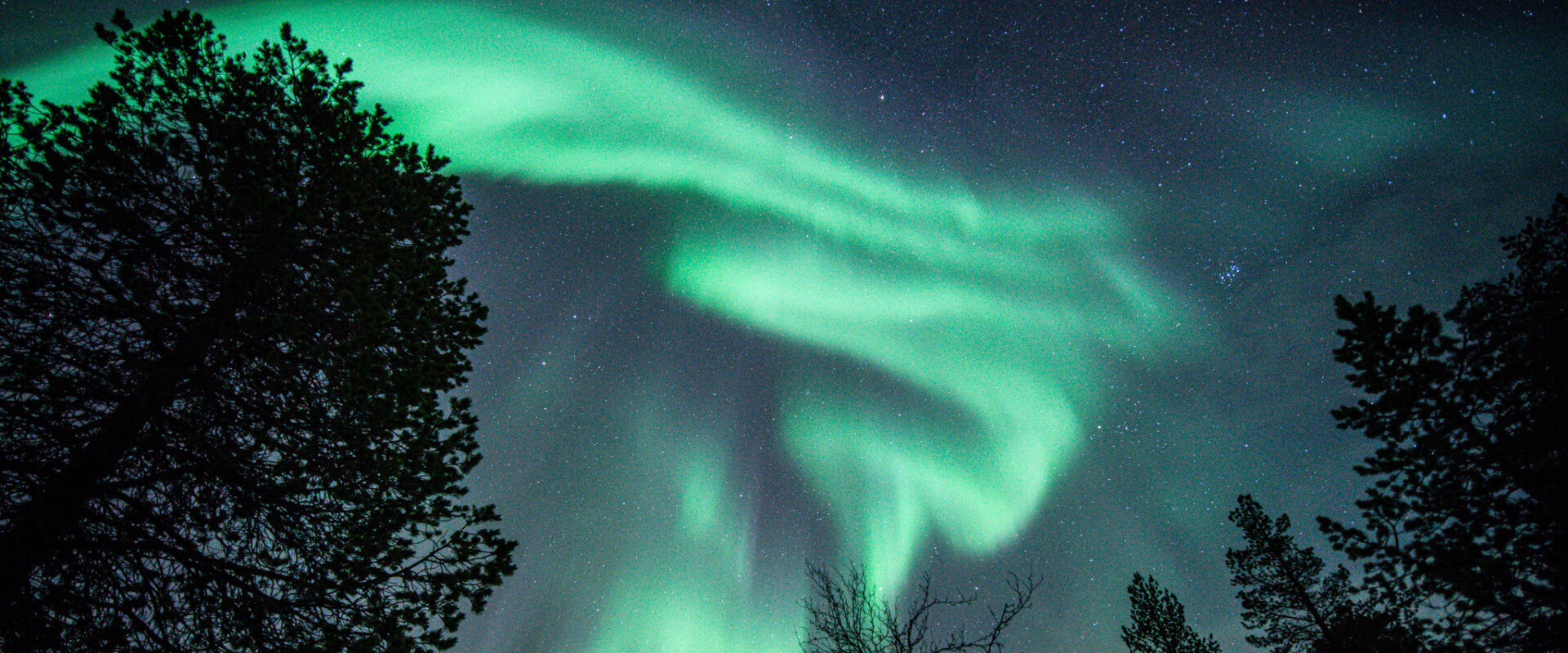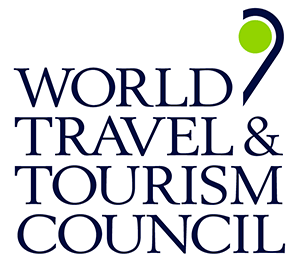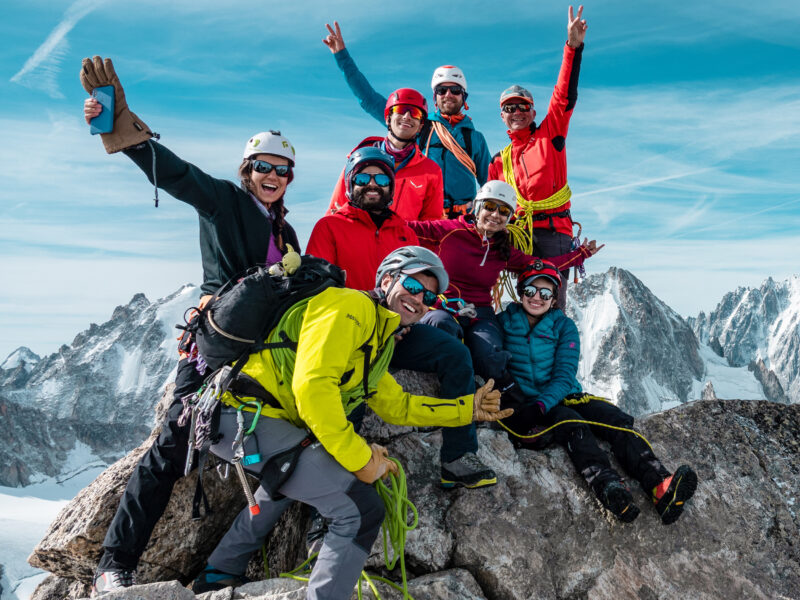BY Rami Rasamny | January 19 2024
The Best Time to Witness the Enchanting Northern Lights

The Northern Lights, also known as the Aurora Borealis, is a breathtaking natural phenomenon resulting from solar flares interacting with the Earth’s atmosphere and magnetic fields near its polar regions. While this spectacular display is not confined to a specific season, the visibility of the Northern Lights is subject to the Earth’s day-night cycle, making certain times of the year more optimal for witnessing this celestial dance.
The Science Behind the Northern Lights:
The Northern Lights occur when charged particles from the sun, carried by solar winds, collide with the Earth’s magnetic field. This interaction causes these particles to emit light, creating the vibrant and mesmerizing colors that paint the night sky. The Earth’s poles, particularly in the Arctic and Antarctic regions, serve as prime locations for this celestial spectacle due to the concentrated magnetic activity.
The Seasonal Visibility:
Although the Northern Lights are a year-round phenomenon, their visibility is deeply tied to the presence of darkness. Since the polar regions experience six months of continuous darkness and six months of perpetual daylight, the extended hours of darkness enhance the likelihood of witnessing the Northern Lights. Consequently, the best time to observe this ethereal display is during the darkest months of the year.
Ideal Timing in the Northern Hemisphere:
For those venturing to the Northern Hemisphere to witness the Northern Lights, the prime period is typically between December and March. During these months, the extended nighttime hours increase the chances of a clear and dark sky, providing optimal conditions for viewing the mesmerizing light show.
However, it’s essential to note that factors such as cloud cover and adverse weather conditions can impact the visibility of the Northern Lights. Travelers are advised to keep an eye on weather forecasts and choose locations known for their favorable conditions.
The Northern Lights, a testament to the marvels of our planet and the cosmos, offer a once-in-a-lifetime experience for those fortunate enough to witness them. While this captivating display is not confined to a particular season, understanding the science behind the Northern Lights and the seasonal variations in visibility can significantly enhance the chances of a memorable encounter. For those seeking to witness this celestial dance in the Northern Hemisphere, planning a trip between December and March provides the best opportunity to be captivated by the enchanting beauty of the Aurora Borealis.
About The Author
Rami Rasamny is the founder of Life Happens Outdoors, a premium adventure travel community dedicated to transforming lives through curated outdoor experiences. A mountaineer and entrepreneur, Rami has led teams on some of the world’s most challenging peaks, from the Alps to the Himalayas. His mission is to make adventure accessible, transformative, and safe for all who seek to push their limits and Come Back Different.
About Life Happens Outdoors
At Life Happens Outdoors, we believe in the power of nature to transform lives. As proud members of the Adventure Travel Trade Association (ATTA) and the World Travel & Tourism Council (WTTC), our team of certified guides and outdoor professionals is committed to the highest standards of safety, sustainability, and excellence.
Discover more about our story and mission on our Meet LHO page, or explore our curated adventures such as the Tour du Mont Blanc Trek, the Climb of Kilimanjaro, and Chasing the Northern Lights.














